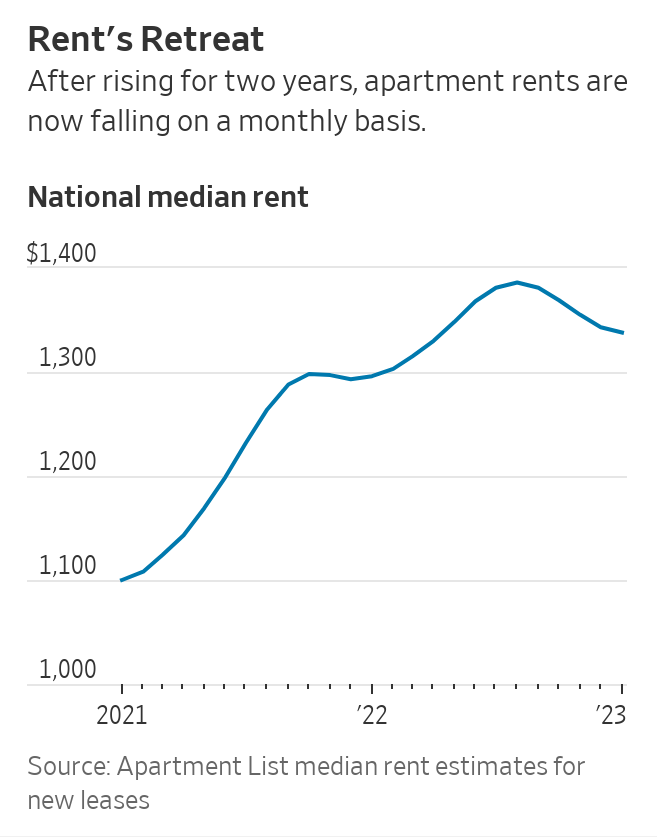By Adam Pagnucco.
Progressives might be cheering the Prince George’s County Council’s passage of rent control yesterday, but there’s a catch: the new law has some interesting wrinkles in it. Will it aid regional momentum for rent control or complicate it?
Let’s get into the specifics of the law. The first section states, “A landlord shall not increase rent in an amount that exceeds three percent (3%) per annum of the existing rent amount for any tenant.” Note that this language refers to a tenant and not a unit, implying no limit on rent increases for vacant units. The law also exempts “Affordable housing with Federal, State, or local subsidy or support subject to recorded affordability covenants, any dwelling unit that the tenant is receiving rental assistance, and those who provide affordable housing to low- and moderate-income households under contract with a governmental agency” and “Dwelling units that received an initial use and occupancy permit in the last five years of the effective date of this Act.”
The penalties in the law are $500 for the first violation and $1,000 for subsequent violations.
Finally, the law says, “This Act expires, and has no further force or effect, one-year after the effective date of this Act without further action by the County Council or the County Executive.” For the moment, this is not so different from temporary rent control measures passed during the pandemic. Let’s stress for the moment.
The above provisions make this rent control law arguably weaker than the one recently passed in Mount Rainier, which is a permanent law. Its temporary nature reveals that the Prince George’s County Council is being more cautious about this issue than many progressives would like. In Montgomery County, advocates hope to pass a permanent law and the action in Prince George’s falls short of that.
In my post on Mount Rainier, I compiled statistics comparing its housing market to Prince George’s County and the region. Compared to the region, Prince George’s County has lower median rents, lower growth in rental units and an average level of rent increases over the last decade. It does have a higher percentage of units occupied by tenants who pay at least 30% of their income in rent than the region. The county’s below-average rate of rental housing production is a problem for tenants, considering the fact that land is cheaper in Prince George’s than many other parts of the region. What will the new law do to housing supply?
There are signs that rent increases are moderating. The Wall Street Journal reported on Monday:
Apartment rents fell in every major metropolitan area in the U.S. over the past six months through January, a trend that is poised to continue as the biggest delivery of new apartments in nearly four decades is slated for this year.
Renters with new leases in January paid a median rent that was 3.5% lower than they would have paid last August, according to estimates from listing website Apartment List. It was the first time in five years that rent fell every month over a six-month period, according to the same estimates.
Four other market measures by housing-data companies also show that new-lease rents either fell or remained flat in January compared with the previous month, extending a streak of monthly rent declines that began at the end of the summer.
The article included the chart showing falling rents below.

The Montgomery County government’s voluntary rent guideline, which was released last week, calls for a rent increase limit of 5.8%. Note that this amount is based on the rental component of the region’s consumer price index, meaning that it reflects real market conditions. This shows that the kind of rent gouging deplored by rent control advocates is not widespread locally.

The impact of the Prince George’s County law will depend in part on what happens next. The law is for one year only, but I hear that is intended to give the council’s progressive majority a chance to iron out the details of a permanent ordinance. Prince George’s is now at risk of what happened in St. Paul, Minnesota, when their passage of a tough rent control law caused building permits to drop by 80%. St. Paul wound up making major changes to their ordinance. Will rental construction collapse in Prince George’s? And if it does, what will the council do? And what about County Executive Angela Alsobrooks, who depends on business community campaign contributions and is constantly rumored as a candidate for higher office? The dice are flying all over the tables and not just at National Harbor.
As for Montgomery County, well… our dice could be thrown next.
